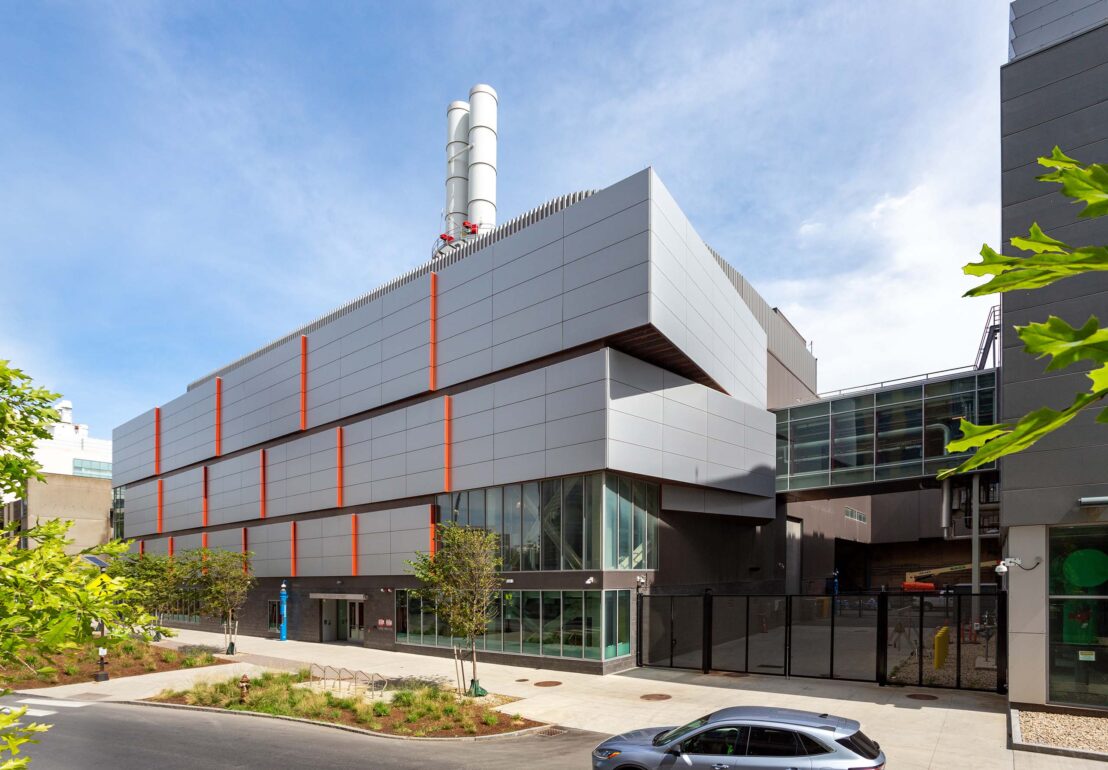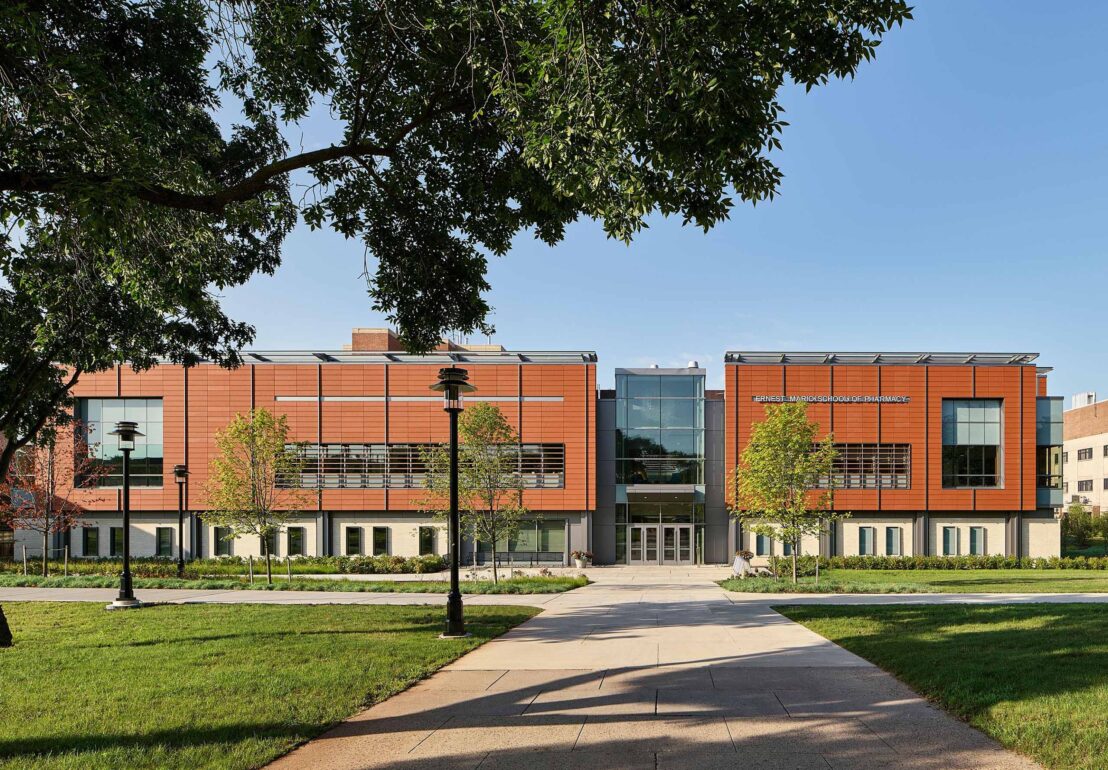Building design as science, art, and craft
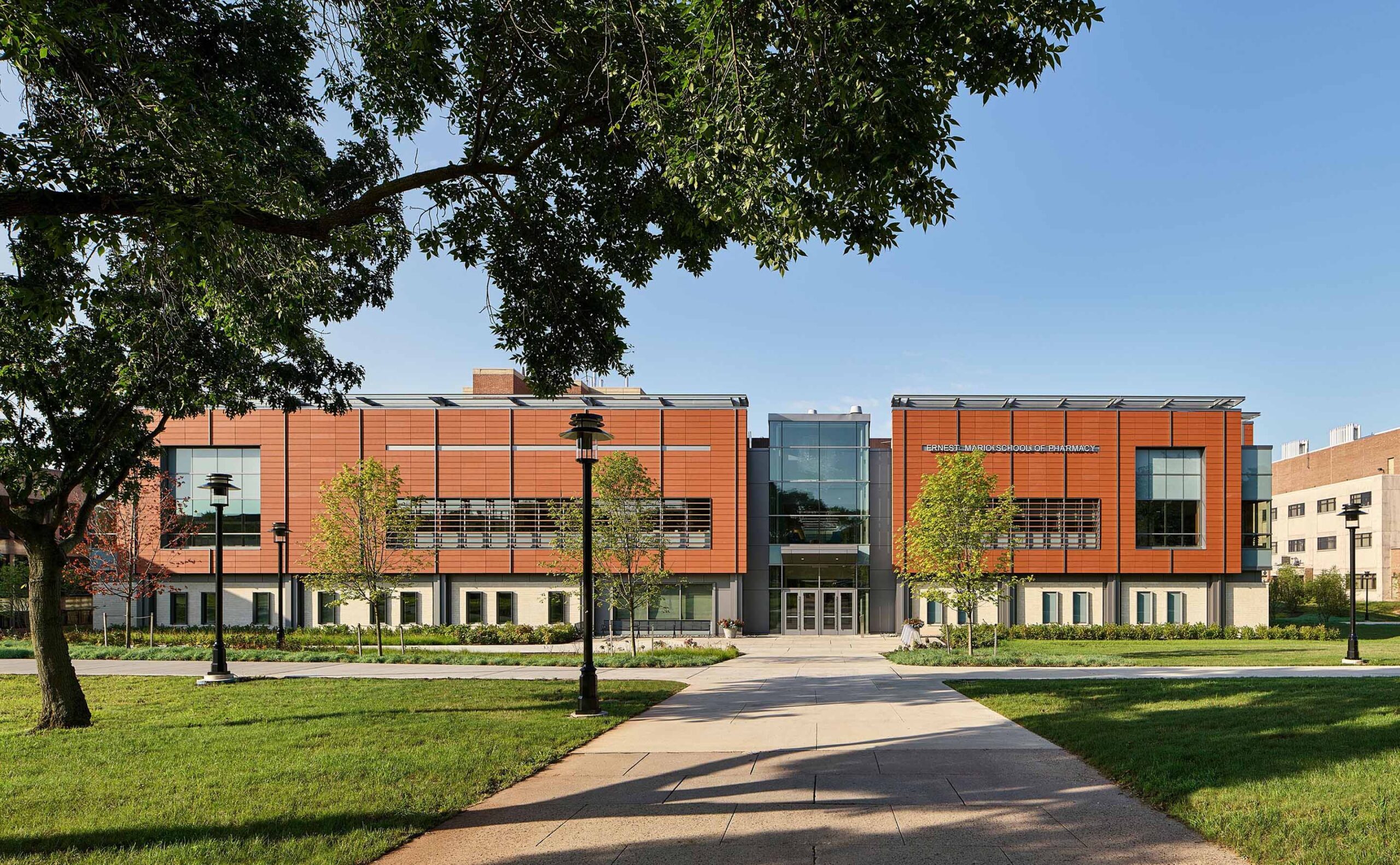
Rutgers University, Ernesto Mario School of Pharmacy Building Addition
- Tags
- Design for discovery
In our view, excellence in architectural design requires a broad skill set involving aspects of science, art, and craft.
As a science, the design of complex built environments requires a sophisticated understanding and response to demanding infrastructure requirements. This involves everything from the provision of specialty lab gases that support certain laboratory environments to the design of special foundation systems configured to enable spaces with very low-vibration performance characteristics.
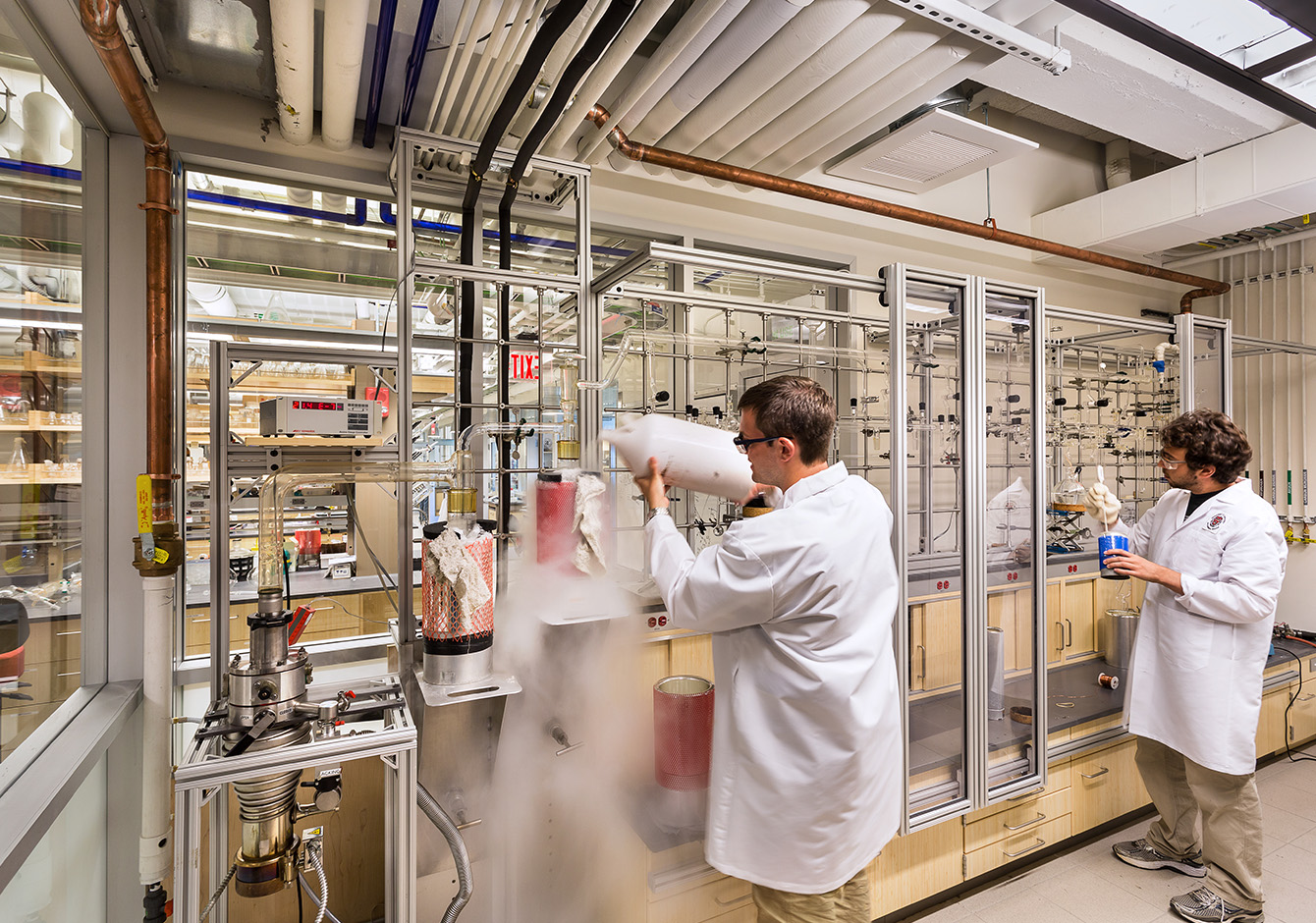
Harvard University, Nocera Lab
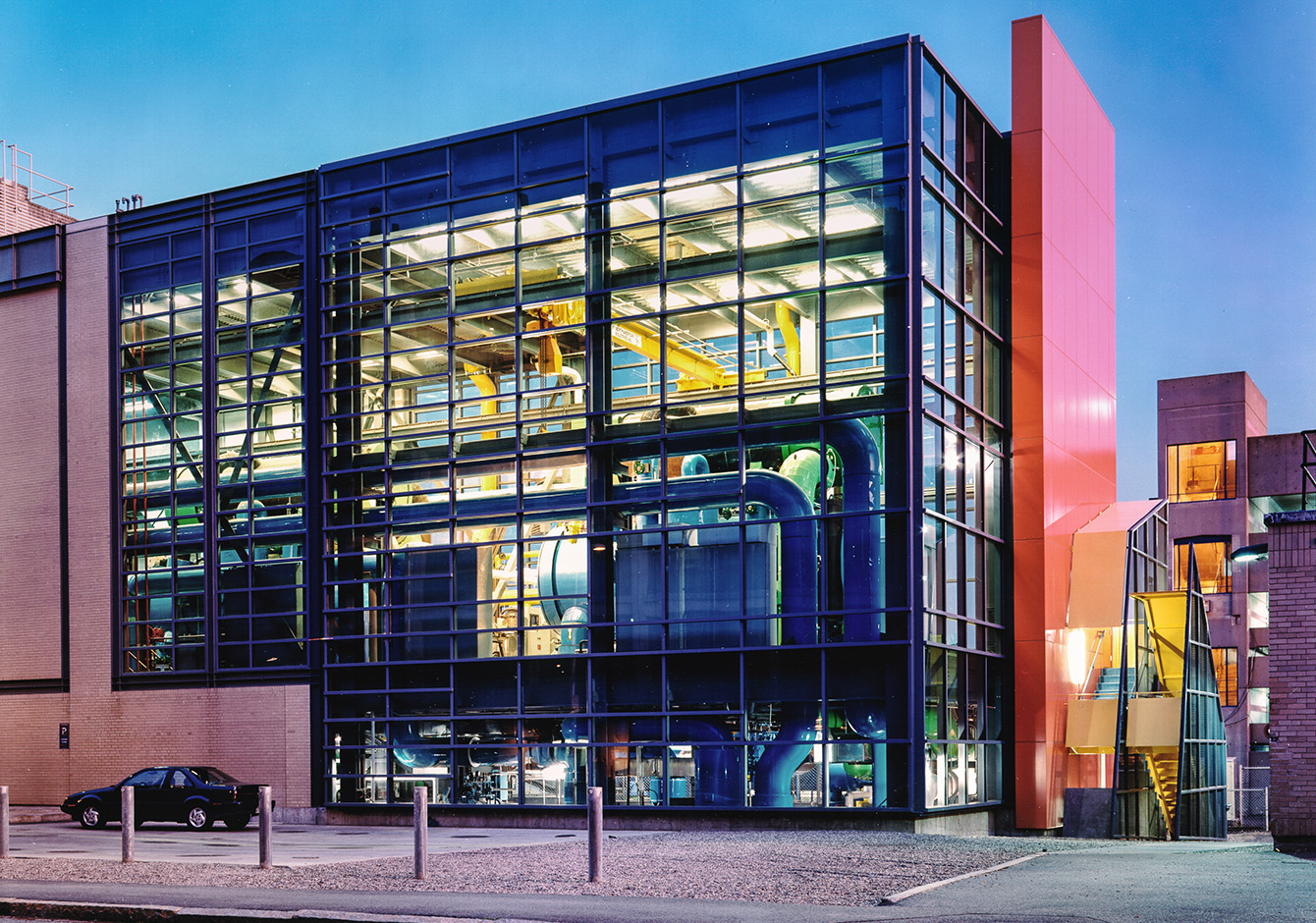
Massachusetts Institute of Technology, Chilled Water Plant Addition
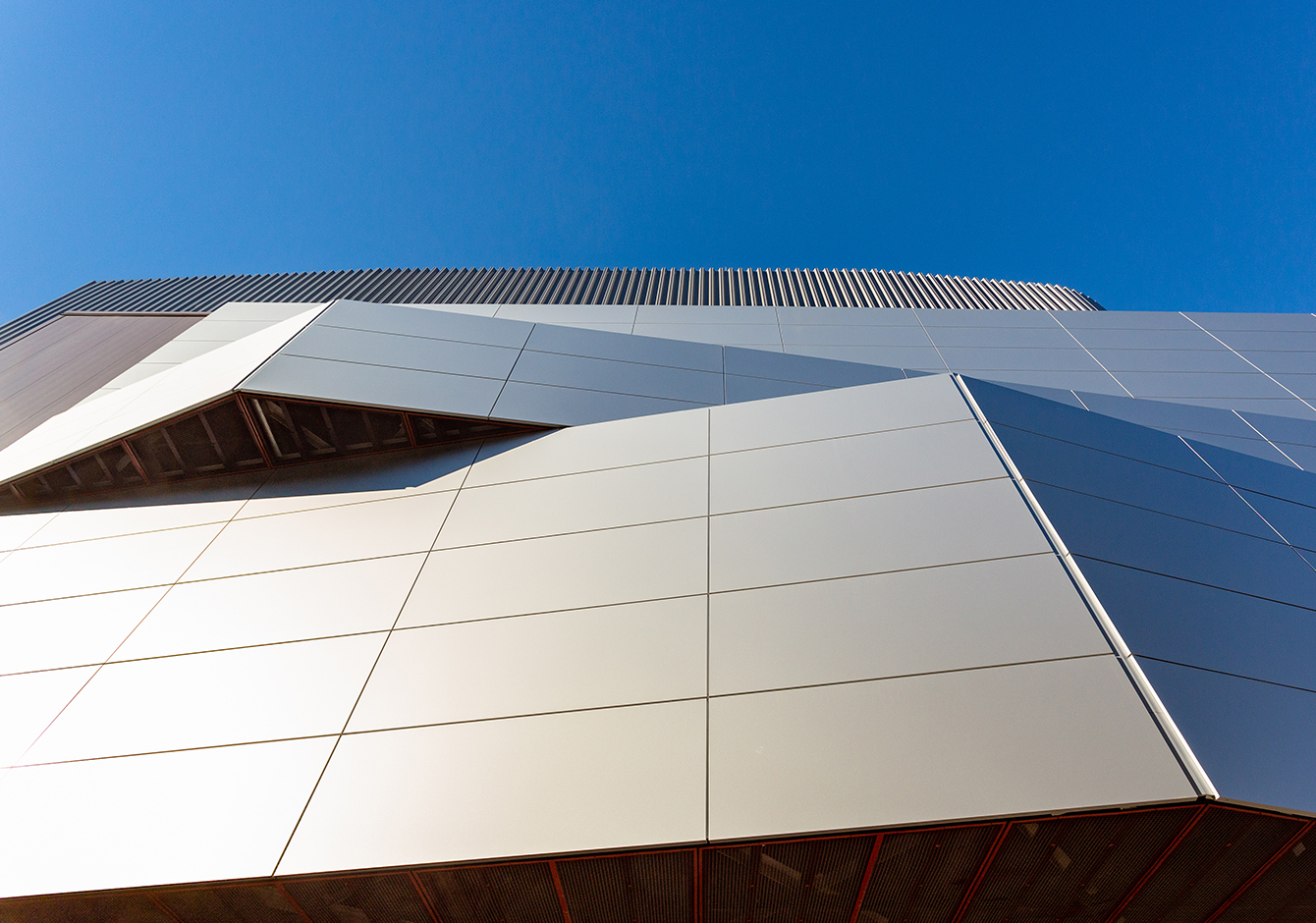
Massachusetts Institute of Technology, Albany Street Cogeneration Plant
As an art, the design of our projects demands the skill to translate a varied and complex set of requirements into handsome and uplifting interior spaces and expressive, well-resolved exterior compositions. The final design needs to respond well to a host of programmatic and technical requirements in a manner that is both practical and graceful.
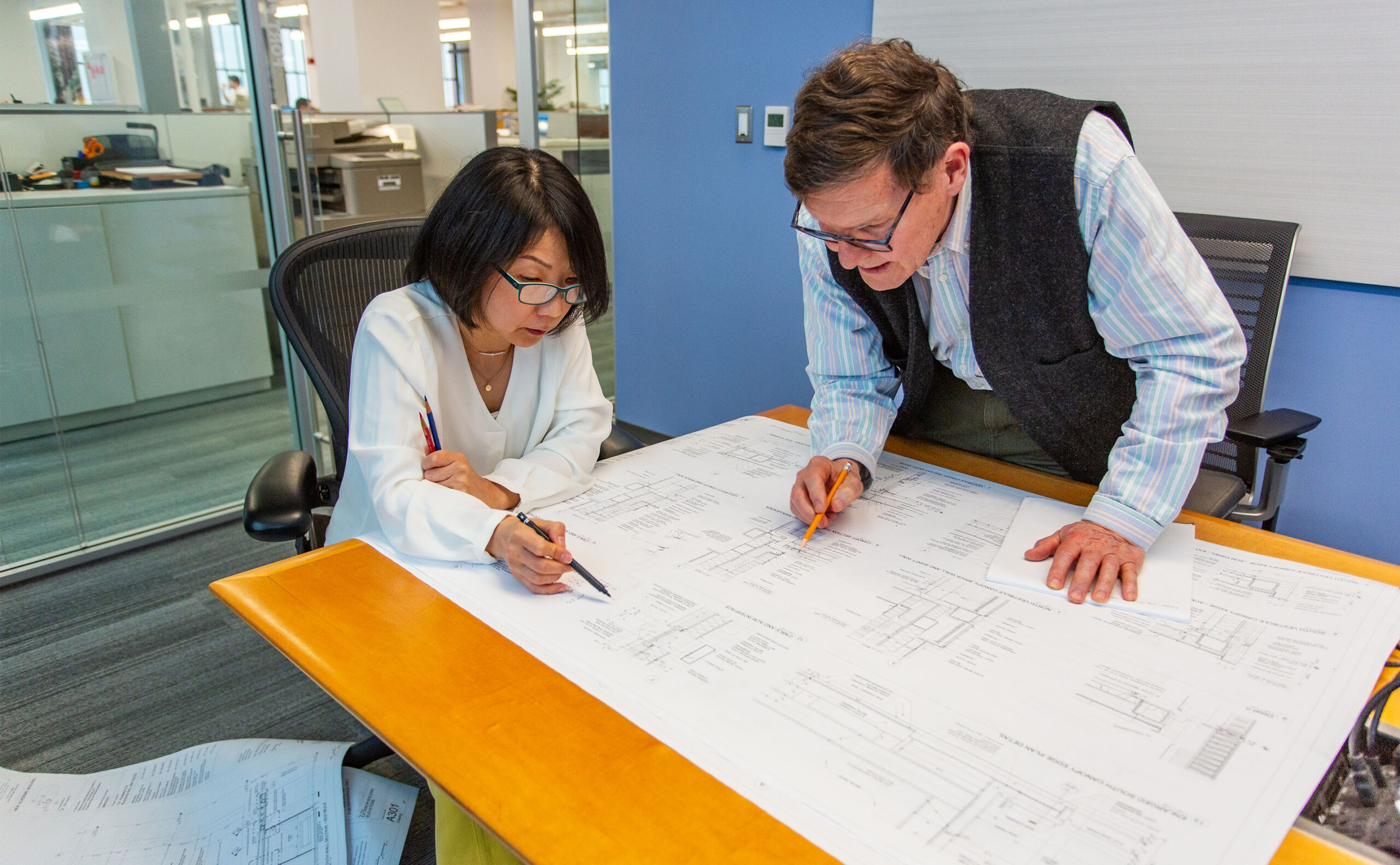
As a craft, the construction of a built project requires a deep knowledge of how buildings go together, and how to develop construction documentation that is constructible, handsome, and environmentally responsible. We are consistently focused on improving the performance of our building envelopes to provide the highest possible insulation values, resilience, and energy conservation. To meet progressively more stringent energy performance codes and State mandates, this building craft is increasingly important and requires a sophisticated understanding of building technology and construction sequencing.
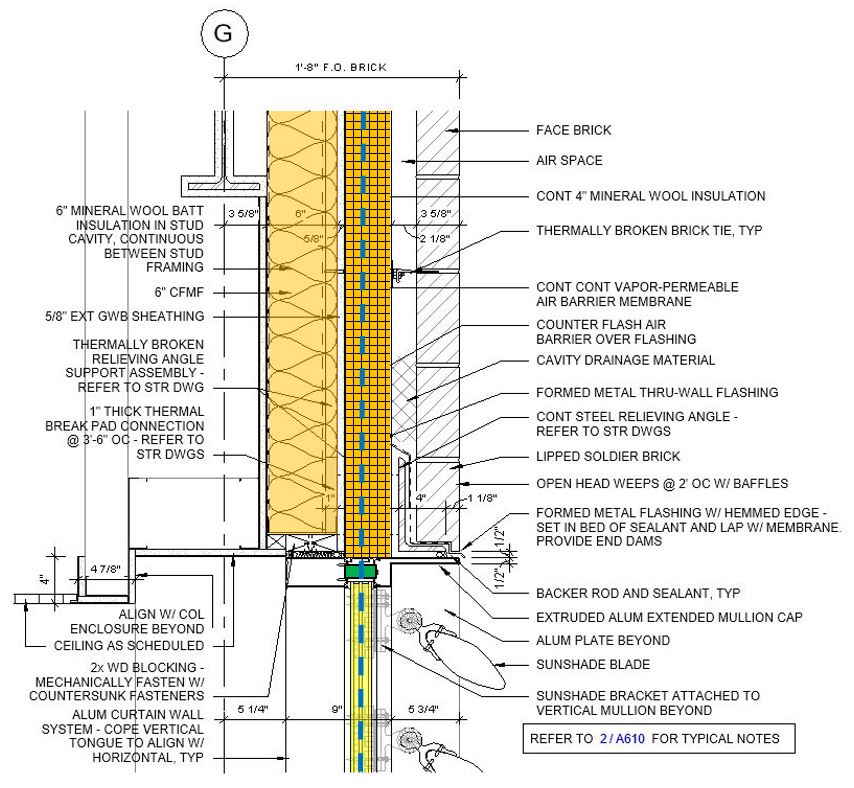
Massachusetts Maritime Academy, Science and Engineering Building, High-performance exterior wall assembly
Fundamentally, the science, art, and craft of architecture involves the seamless integration of a variety of tools and skills: performance data, best-practices, construction experience, expressive form-giving, and sophisticated design and documentation tools.
